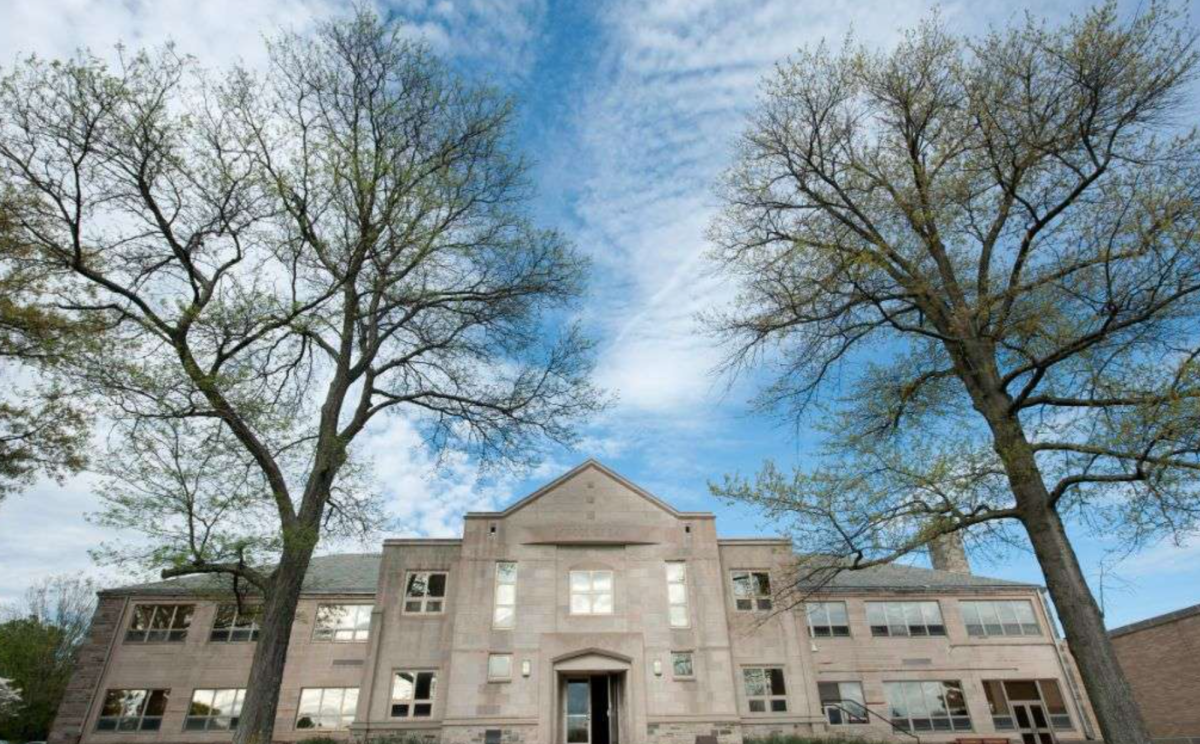On February 19th, 2024, the Vice Provost of the University announced the beginning of a new system: the Villanova Textbook Access Program. This program entails an “affordable” arrangement in which students can choose to opt-in to a preset price, which is included in their tuition, to have all of the required textbooks they need each semester.
The textbook program creates an accessible system that allows students to have all of their textbooks readily available. All they have to do is stop by Garey Hall, scan their Wildcard and a member of the textbook team will collect all of their books for them.
In his email to the student body, Senior Vice Provost for Academics, Craig Wheeland, noted that students “may receive a combination of digital course materials, printed textbooks, printed lab manuals or workbooks.”
“[This new system] doesn’t give the option to choose physical or digital,” sophomore CLAS student Marina McKeating said.
Despite this detail seeming minuscule, each student should reserve the right to choose the medium from which they receive their reading and class work. Students have reported a lack of clarity in what kinds of books they are picking up, resulting in them standing in line only for them to get to the front and be told that all of their textbooks are digital.
As a student who is concentrating her studies on English and literature, I find the $275 fee to opt-in to this program to be a complete steal. The cost of books for all of my classes would likely surpass that amount and, as Wheeland said in his email last winter, this program will “collectively save Villanova’s students approximately $1 million annually.” That being said, it is very situational, and many students argue that $275 is too expensive for the amount of books they need each semester.
Villanova allows all students to create a personalized path for their academics. We are given many classes to choose from to explore what we may want to study. That being said, there are a slew of required classes for all undergraduate students, regardless of their academic path.
“A lot of my coursework requires digital textbooks, and it can be decently pricey,” VSB student Lindsay MacQuarrie said. “Last year, my most expensive textbooks were from business and quantitative courses, so for me, it was very worth it.”
This goes to show that regardless of their major, it is always possible for a student’s textbooks to meet or surpass the $275 fee. Due to the circumstantial nature of whether a student would be saving or wasting money, it is significant that the university allows each student to decide for themselves if they choose to opt-in.
In the beginning of the semester, when going over syllabi in my classes, three out of five of my professors listed all the required books but then continued to note that they could be found for free online. If I had known that I could get almost half of my books for free, I would have reconsidered opting into the program. This leads to the question of a potential lack of communication between professors and the University. Should professors add those books to the required list that students have to pay for even if they know there is a free version online?
Students are always going to have to buy materials for their classes, so it is close to impossible to find a middle ground to determine a system that will be apt for all 10,000 Villanova students. Taking these pros and cons into account, the Villanova Textbook Access Program is a step in the right direction towards an affordable system for students to get the most out of their education.



